America must
INVEST, WORK, COMPETE
Urban has provided expert Project Management Oversight services to vested stakeholders in California (LACMTA’s Westside Subway Extension Project), New York (MTA’s East Side Access and Second Avenue Subway Projects), and Colorado (RTD’s FasTracks Program). These “mega projects” represent four of the largest transportation infrastructure projects in the country.
INVEST
Lose Angeles County
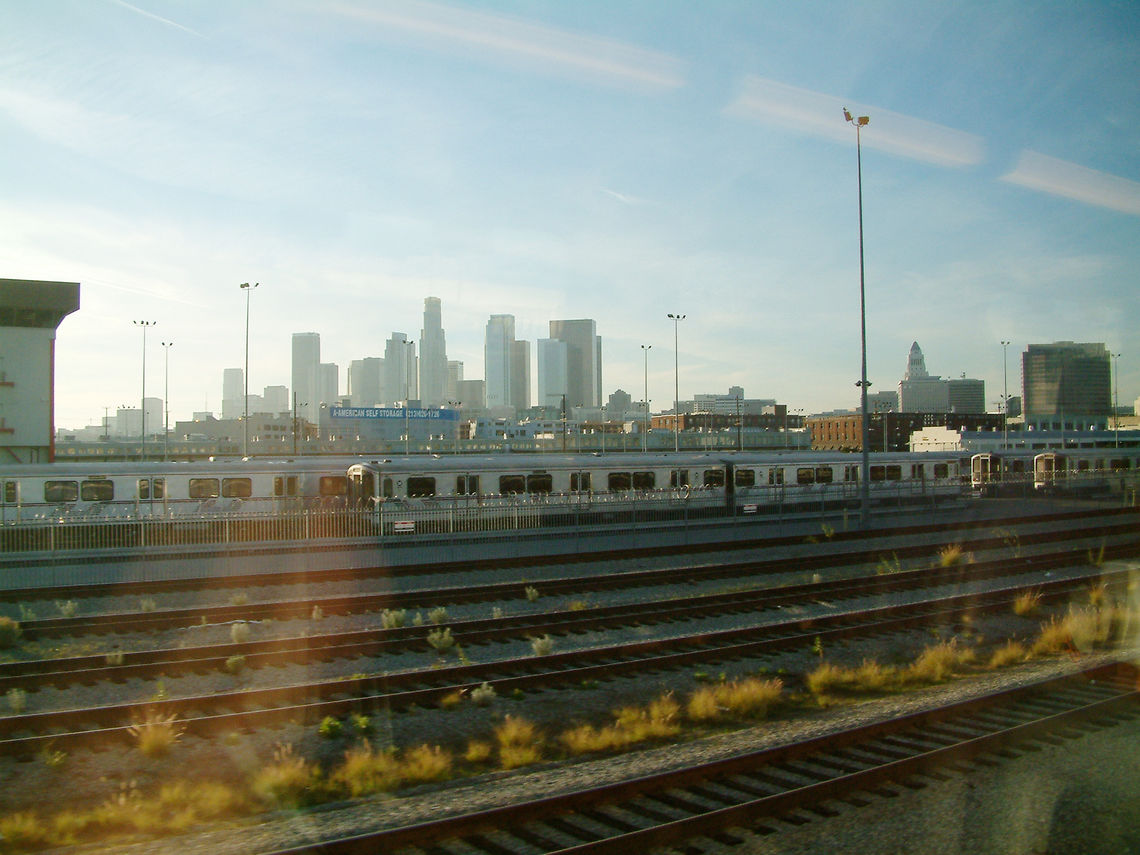
Fast Times Out West – An old adage says the only people who take public transportation in LA are those too young, too old, or too poor to drive. Yet, LA residents have begun to recognize the need for better mass transportation options and have shown they are willing to invest in their future. In 2008, an overwhelming majority of county residents approved Measure R, a half-cent sales tax that helps fund transportation projects for 30 years. One of the key recipients of this funding initiative is the long-awaited LA County Metropolitan Transportation Authority’s (Metro) Purple Line Subway Extension to the west side of LA, the first section of which will break ground in 2015. It is anticipated that the full nine-mile project will bring fast, reliable mass transit to some of LA’s busiest destinations, including Miracle Mile, Beverly Hills, Century City, Westwood, UCLA, and the Veteran’s Administration Hospital. Construction of the Purple Line Extension is projected to generate 52,500 jobs within the region and cost $6.3 billion based on a three-phase funding schedule. The question remains – will the investment make a difference in LA, which continues to be plagued by jammed highways and sluggish commutes?
Traffic in LA
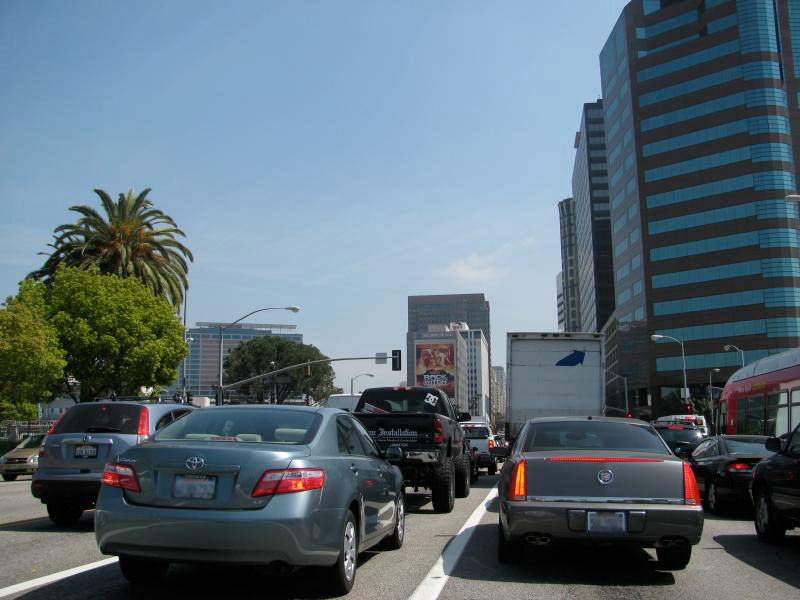
Is Diesel Done? This year, LA’s infatuation with the automobile landed it the unwanted distinction of being America’s most congested city. According to INRIX, a leading international provider of traffic information and driver service, the average LA driver wasted approximately 60 hours in traffic in 2012. Among the most congested roadways in America, LA has five of the busiest roads in the country and four freeways in the top 10. To its credit, of all major metropolitan areas in the country, LA does the best job of giving people without cars access to public transportation. According to a report by the Brookings Institution, 99.1 percent of no-car households in the Los Angeles-Long Beach-Santa Ana area have access to public transit. Unfortunately, only 36 percent of zero-vehicle households can get to their place of employment in 90 minutes or less (that figure includes areas not served by Metro). The region’s dispersed job centers – Downtown, Culver City, Beverly Hills, and elsewhere – make it difficult for transit to connect commuters to a single central business district.
La Brea Tar Pits
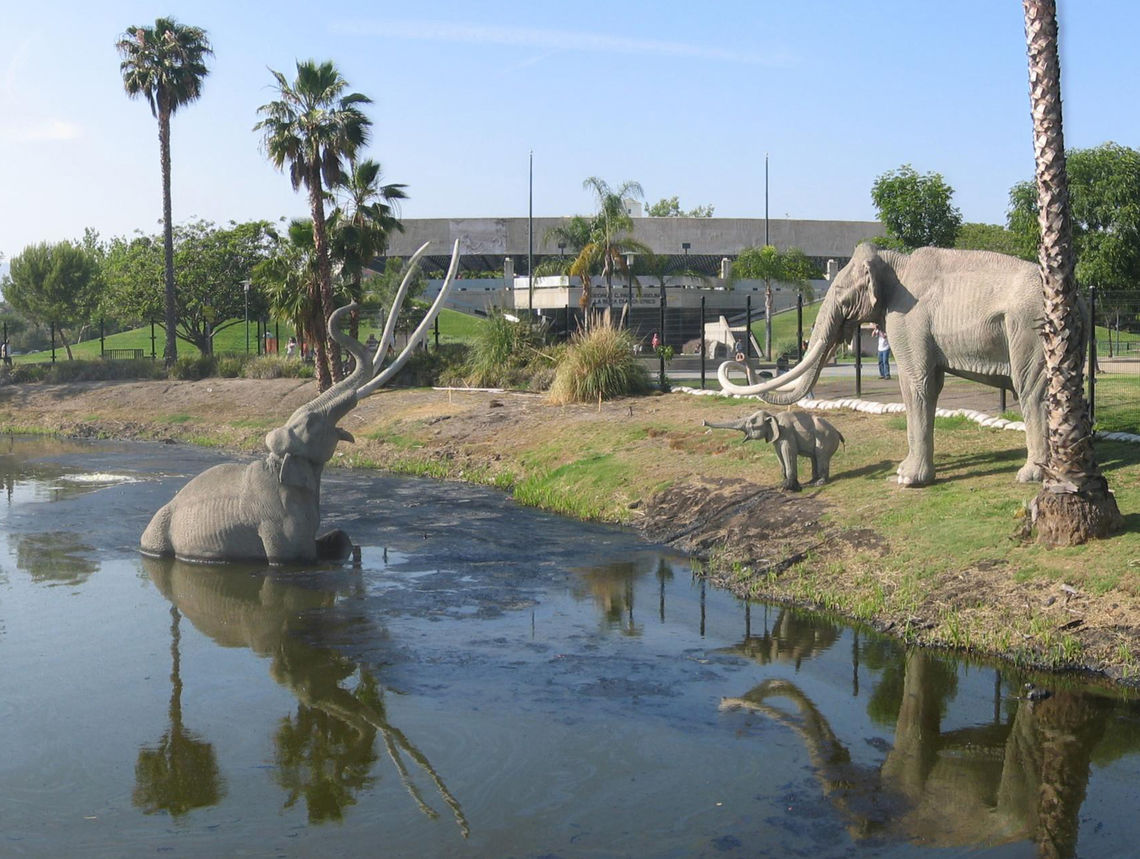
Showtime Worthy – The Purple Line Extension, however, is expected to significantly address this sluggishness. Rain or shine, commuters will be able to travel entirely below ground in just 25 minutes between downtown LA and Westwood. Close to 49,000 people are projected to board the train at one of the seven new stations. Even more new transit riders will be able to board the growing Metro Rail System in other places to travel into the Westside with simple connections. The Extension will also provide Westsiders with convenient access to many destinations across the region.
With total completion not expected until 2035, it is hard to be patient. The Metro continues to evaluate all funding sources for the full build-out. In the meantime, Metro is pursuing a variety of activities to prepare for construction. These include: acquiring properties needed for station construction and station entrances; conducting advanced utility relocations; constructing a 75-foot-deep exploratory shaft to gather further information about the special ground conditions near the La Brea Tar Pits; and pursuing federal “New Starts” matching funds.
WORK
Second Avenue Subway
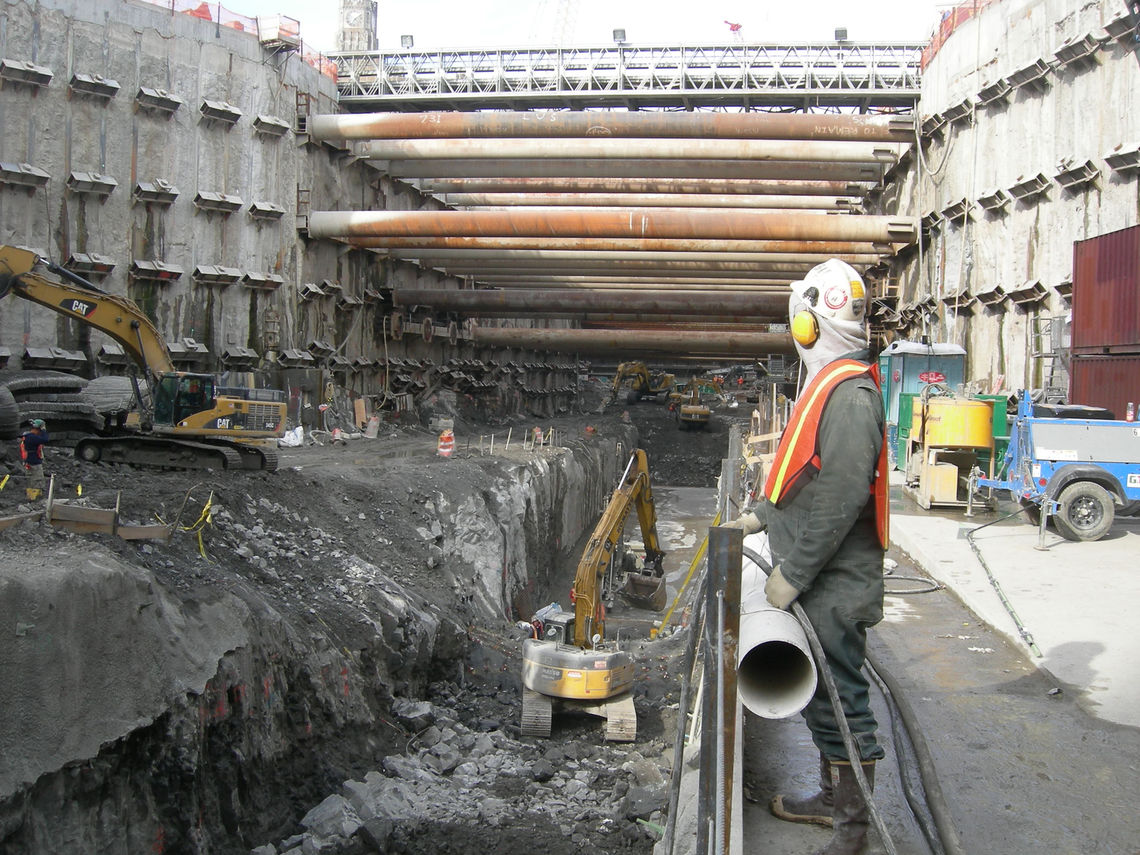
When completed, the SAS and ESA are expected to spur economic development and expansion throughout New York City. These mega-transit projects will reduce overcrowding and delays of mass transit and provide the region with a more well-balanced transportation system. Urban was a key contributor in obtaining approval for the Metropolitan Transportation Authority’s (MTA) entry into the $2.65 billion Full Funding Grant Agreement for these projects, the largest ever granted by the Federal Transit Administration.
East Side Story – Urban has been providing Program Management Oversight (PMO) services for the ESA Project since 2003. The “East Side,” in this case, refers to the borough of Queens and all of Long Island. Upon completion of the ESA, residents will be connected to the “other” east side – that of Manhattan – in a one-seat ride via the Long Island Rail Road (LIRR) to Grand Central Terminal. This is LIRR’s first major expansion in over 100 years. Currently, LIRR patrons travel to and from Manhattan via Penn Station, located on the west side. Reaching the east side of Manhattan requires taking a walk, subway, or bus ride, which requires an additional 25-30 minutes. By 2020, the ESA Project is expected to provide a more convenient ride and shorter travel times for the 160,000 daily trips taken by LIRR passengers to mid-town Manhattan.
The Line That Time Forgot – Originally proposed just prior to the Great Depression, the SAS was dubbed “The Line That Time Forgot” from the many false starts that delayed commencement. Today, the SAS is boring its way through the New York City underground. The project, to be completed in four phases, will provide rapid transit service for a corridor neglected for more than half a century and will relieve overcrowding and delays on the Lexington Avenue Line. Urban is currently performing PMO services for the design and construction of the $4.4 billion Phase I of the new SAS. Phase I provides an Initial Operating Segment from 96th Street to 63rd Street that will connect with the existing Broadway Line that extends to Lower Manhattan and Brooklyn. Subsequent phases will extend the line northward to 125th Street and to the southern terminus at Hanover Square in Lower Manhattan.
COMPETE
RTD FasTracks
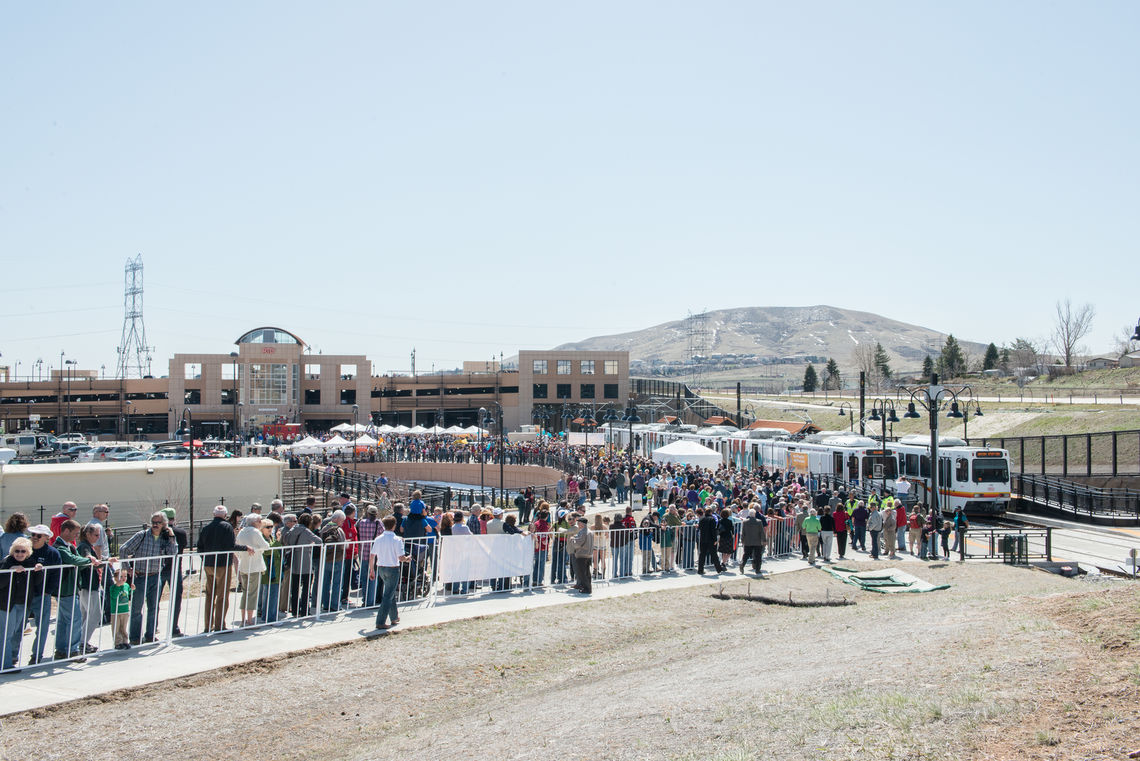
Mile High on Rail – FasTracks is RTD’s voter-approved, multi-billion dollar transit expansion program that has become a model for the nation during times of anemic infrastructure investment. It includes building 122 miles of new commuter rail and light rail, 18 miles of bus rapid transit, 21,000 new parking spaces and bike amenities at 57 new light rail and bus stations, and enhanced bus service for easy bus-to-rail connections across eight different Colorado counties.
Valued at more than $7.4 billion, it will provide a reliable and safe regional transit option that will significantly shorten commute times to and from downtown Denver, help reduce vehicular emissions, spur economic growth, and create jobs. At the height of construction, FasTracks is expected to create more than 10,000 construction-related jobs. Current construction includes four rail lines, Bus Rapid Transit, and Denver Union Station. RTD claims that for every $1 invested in the transit infrastructure, $4 will be injected into the economy over 20 years.
West Rail Line
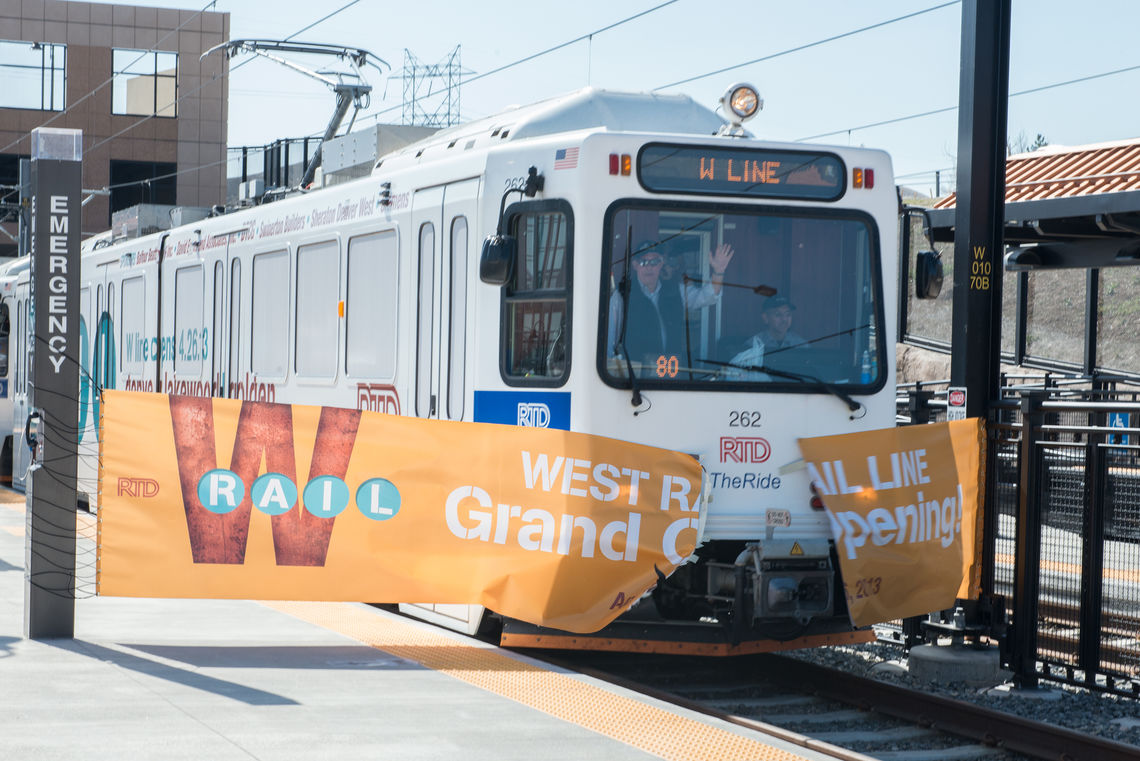
Competitive Advantage – The 12.1-mile West Rail Line is the first completed line of RTD’s ambitious FasTracks Program. The new line features 11 new stations, six Park-n-Rides, and three new Call-n-Rides. For Denver-area residents, this means better access to jobs, education, and services.
Urban provided PMO services for the preliminary engineering and final design of the West Rail Line and risk assessment services for RTD as the organization prepared for a federal grant application. Since 2007, Urban has been providing independent assessments of the FasTracks’ Annual Plan for the Denver Regional Council of Governments, the metropolitan planning organization for the greater Denver area. Urban’s scope of work has encompassed an independent and objective evaluation of RTD’s financial plan, including capital and operating cost assessments, revenue and financing assessments, and an overall evaluation of the plan.